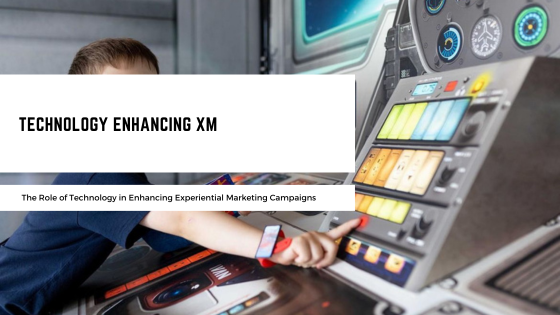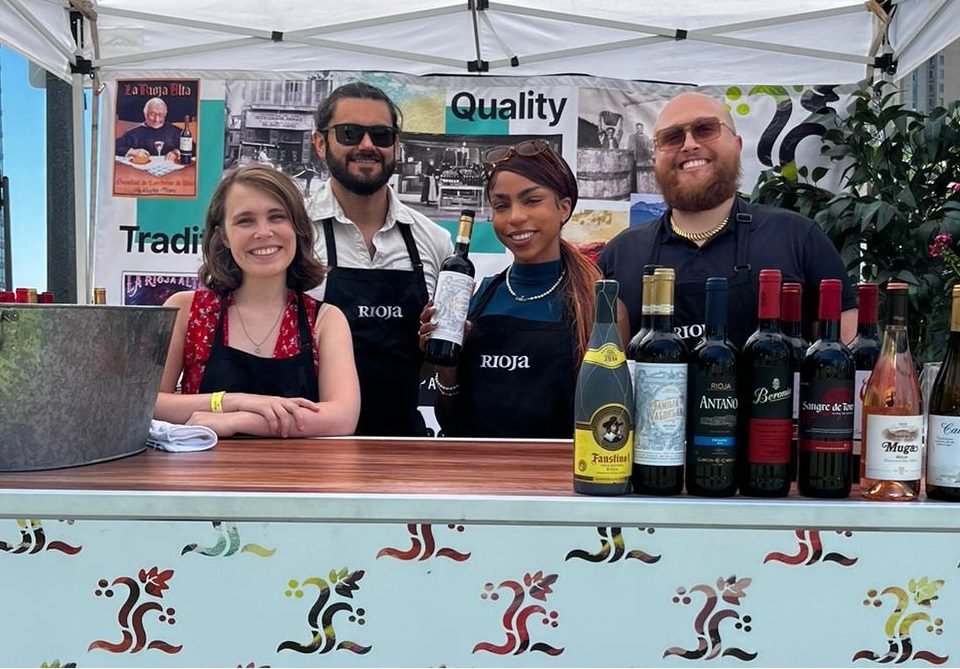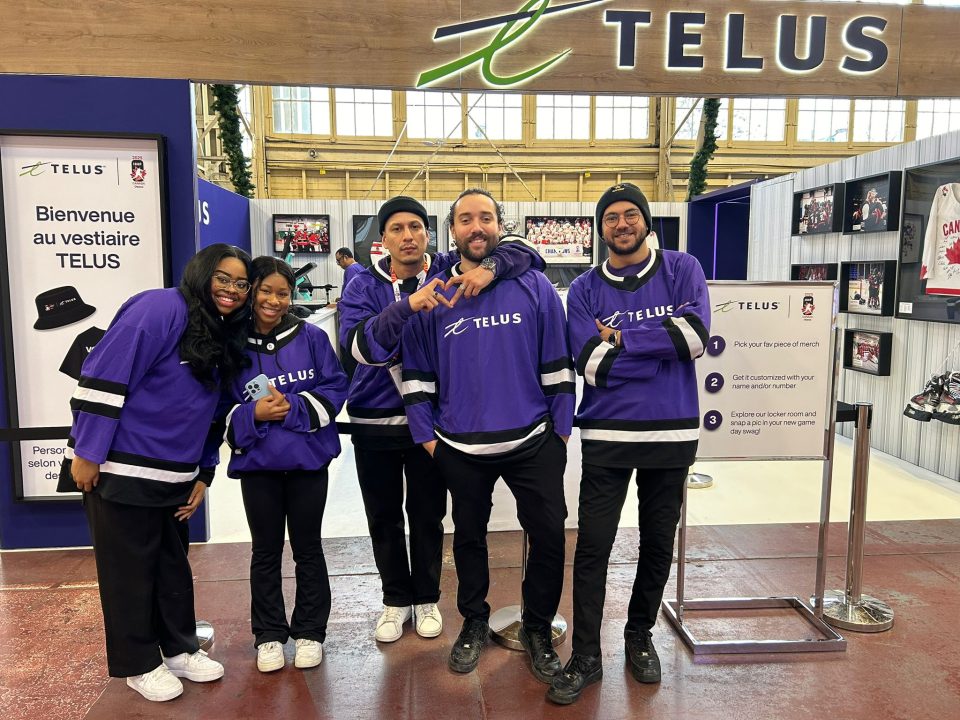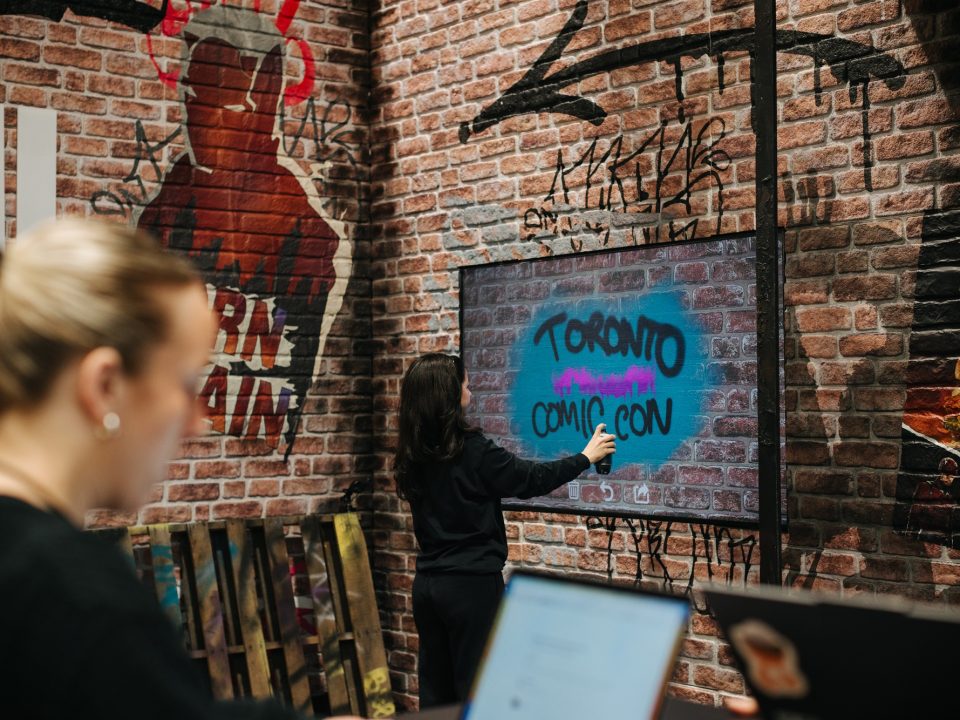The Role of Technology in Enhancing Experiential Marketing Campaigns

Designing Memorable Brand Experiences: Strategies and Best Practices
March 16, 2024
Building Mutually Beneficial Relationships with Influencers
April 22, 2024When it comes to experiential marketing, technology serves as a powerful tool, and enhances the way brands engage with their audiences. Through the strategic integration of cutting edge technology, marketers are able to create immersive and interactive experiences that leave a lasting impression on consumers. The tech not only enhances the overall impact of a marketing campaign but also provides valuable insights into consumer behavior and preferences. In today’s blog, we will explore the role of technology in enhancing experiential marketing campaigns, focusing on its ability to create immersive experiences, expand audience reach, and enhance campaign assessment.

Enhance Experiences
One of the primary ways in which technology enhances experiential marketing campaigns is by making experiences more immersive and interactive. For example, virtual reality (VR) and augmented reality (AR) technologies allow brands to create virtual environments that consumers can explore and interact with in real-time. By incorporating VR or AR into a marketing campaign, brands can transport consumers to new and exciting worlds, creating a sense of adventure and excitement. Additionally, technologies such as interactive displays, motion sensors, and haptic feedback can further enhance the immersive nature of these experiences, making them more engaging and memorable for consumers.
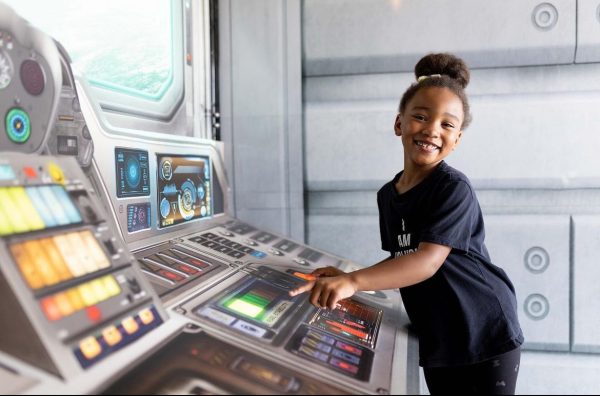
Expand Audiences
Another key benefit of using technology in experiential marketing campaigns is the ability to expand audience reach. By leveraging social media and other online platforms, brands can amplify the impact of their experiential activations, reaching a much larger audience than would be possible through traditional means. For example, a brand activation featuring a high-tech photo booth could encourage participants to share their photos on social media, effectively turning attendees into brand ambassadors. Similarly, live streaming and virtual event platforms can allow brands to extend the reach of their experiential campaigns to audiences around the world, opening up new opportunities for engagement and interaction.
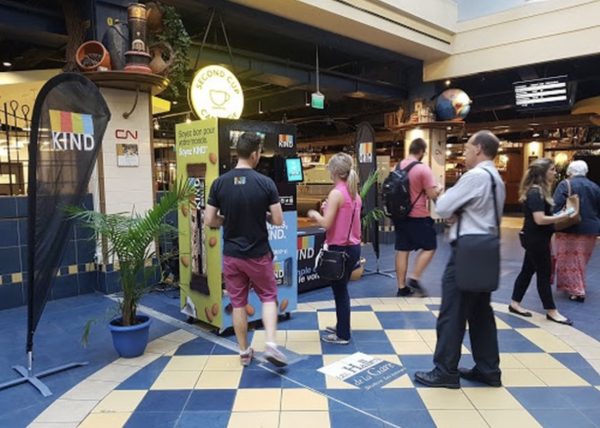
Enrich Assessment
Finally, technology plays a crucial role in enhancing the assessment of experiential marketing campaigns. By collecting and analyzing vast amounts of data, brands can gain valuable insights into consumer behavior and preferences, allowing them to refine their strategies for future campaigns. For example, RFID technology can be used to track the movement of attendees at an experiential event, providing valuable information about which areas of the activation were most popular. Similarly, social media monitoring tools can help brands gauge the overall sentiment surrounding their campaign, allowing them to make adjustments in real-time to optimize the impact of their efforts.
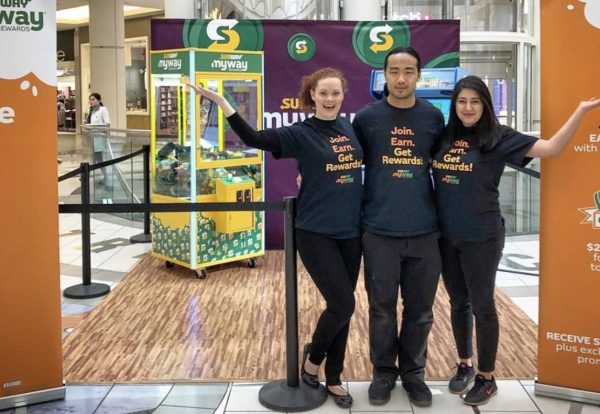
Final Thoughts
Overall, the role of technology in enhancing experiential marketing campaigns cannot be overstated. By creating immersive and interactive experiences, expanding audience reach, and enhancing campaign assessment, technology has become an indispensable tool for marketers looking to make a lasting impression on consumers. As technology continues to evolve, it will be exciting to see how brands continue to push the boundaries of what is possible in experiential marketing, creating ever more engaging and memorable experiences for their audiences.
What are your thoughts? What are your favourite ways to incorporate technology into your events? Connect with us, we’d love to hear from you!

